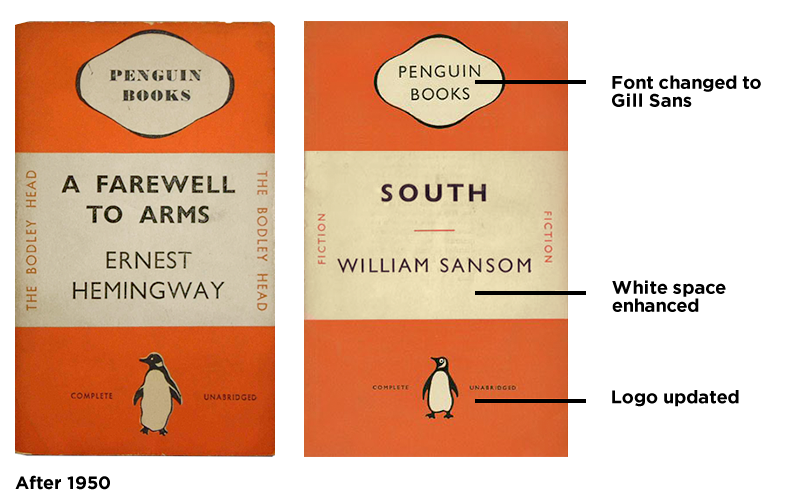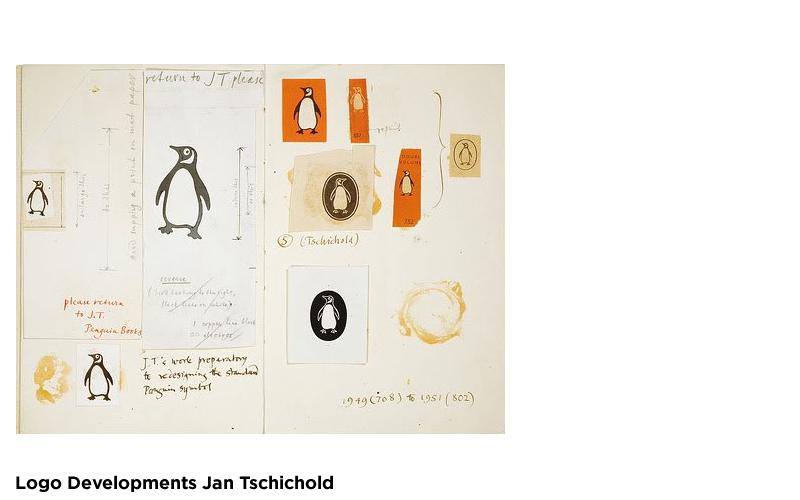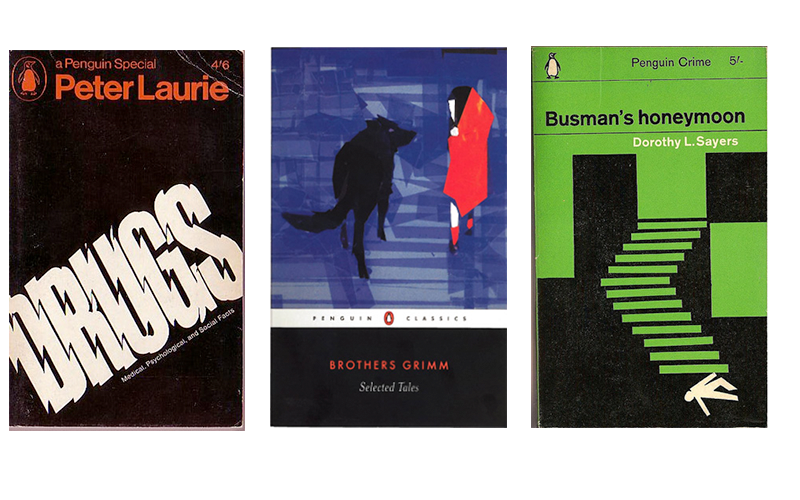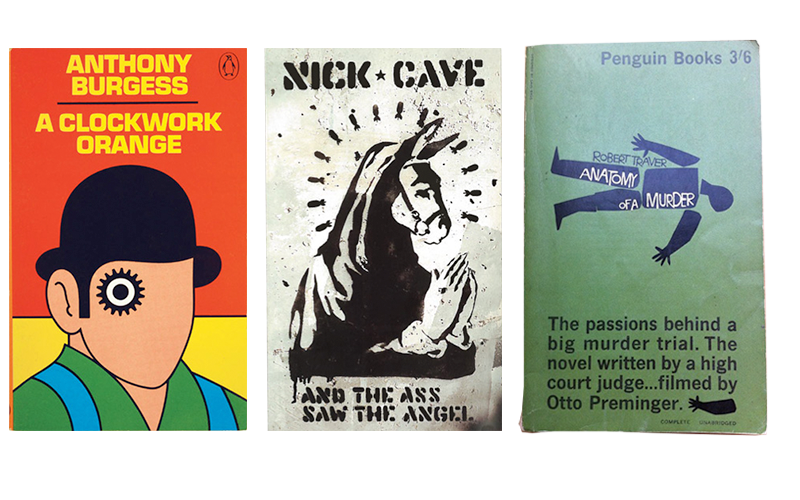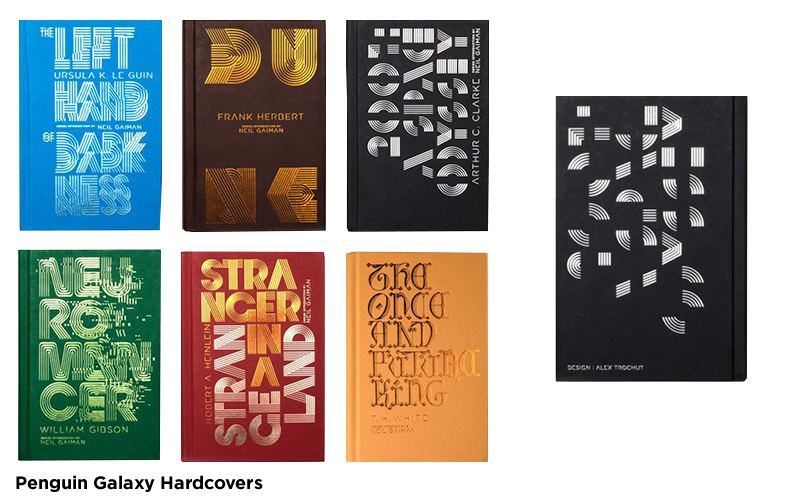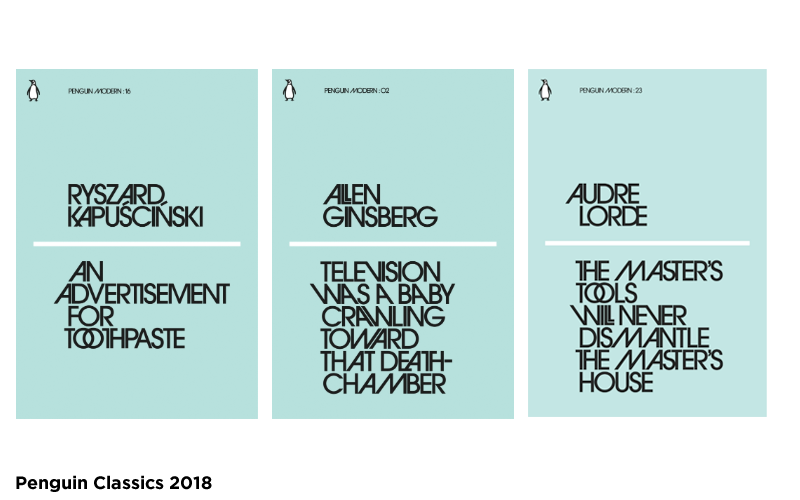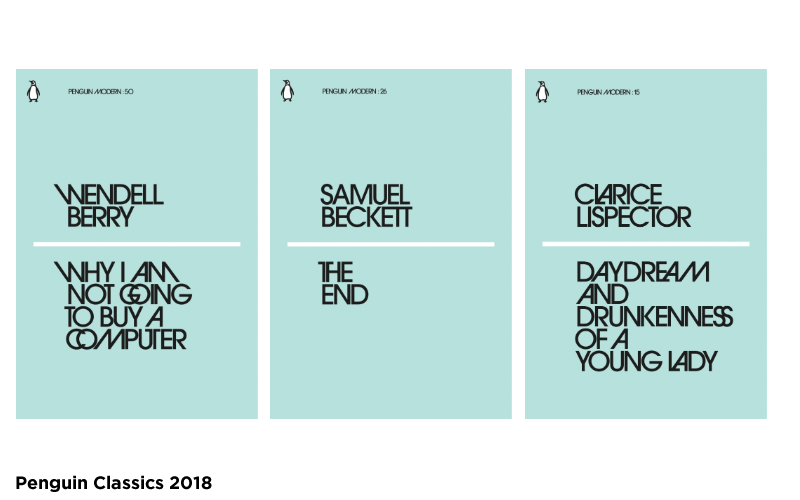POSTED BY: Trish Brady
Penguin Classics – masterpieces even before you open the cover
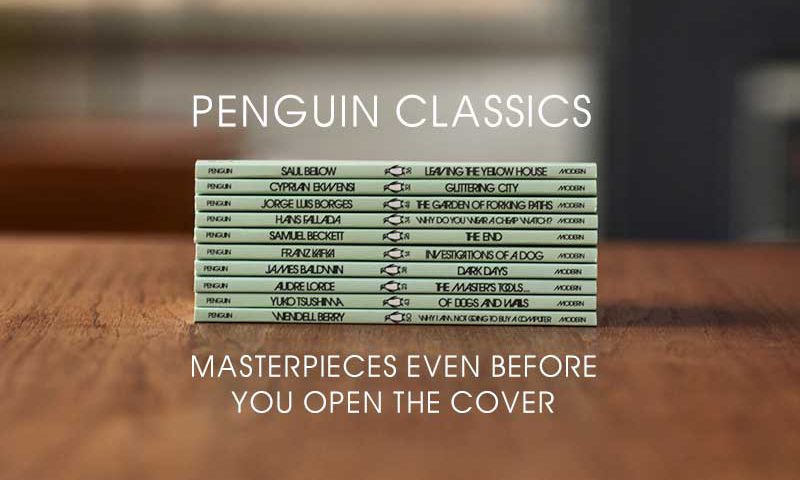
Penguin Classics – masterpieces even before you open the cover
Ever evolving and always beautifully designed
My love of books goes way back. I would happily hide away in The Exchange Bookshop in Dalkey for hours at a time. It was amazing how far my pocket money would go on second hand books in the 70’s! Most evenings the owner Michael would have to extract me from some corner so he could close up shop. A lot of those early purchases were dirty, dog-eared Penguin Classics. There was something about the simplicity of the covers and the vibrant colours along with the quirky penguin that made me want to start collecting them.
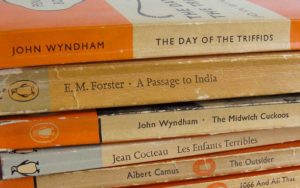
The Beginning
Penguin Books was founded 1935 by three brothers – Allen, Richard and John Lane. Their goal was to bring high-quality reads to the mass market. The price was kept low, at the time the same price as a box of cigarettes, sixpence. Within four days of the launch, 150,000 Penguins had been sold. Within four months, sales reached one million. Just ten years on, the firm would sell its hundred millionth book.
Original Cover Design
The design of the brand was always part of the success. When the company was set up the founder Allen Lane was on the lookout for a symbol that was both dignified but flippant. A penguin was suggested, so an office junior was sent off to the zoo, the sketches from his outing formed the first version of the Penguin logo. The initial Penguin cover designs opted for simplicity, with Lane himself resisting a move towards cover images for several years. The design featured three simple, horizontal bands: the top and bottom bands colour-coded representing the series to which the title belonged. Orange for general fiction, green for crime fiction, cerise for travel and adventure, red for plays, dark blue for biographies and yellow for miscellaneous. Less common were violet for essays and grey for world affairs.
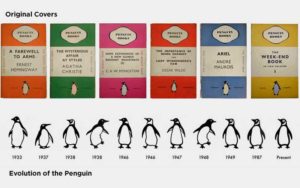
This design featured for many years until 1947 with the arrival of German typographer Jan Tschichold. During his time with the company he redesigned more than 500 Penguin books – he left the company with a set of influential design principles. These were brought together as the Penguin Composition Rules, a four-page booklet of typographic instructions for editors and compositors.
Favourites
Hours could be spent, days even, pouring over different designs. Some have become iconic, many worthy of a frame. The original cover for Anthony Burgess A Clockwork Orange stands out, as does Banksys’ cover for Nick Caves And the Ass Saw The Angel. My current favourites would be any of the beautiful Penguin Galaxy Hardcovers, which were released in 2016. Designed by Spanish Designer/Typographer Alex Trochut. They are real standouts, but beauty comes at a price, the limited edition box-set will set you back $225!
Penguin Classic Series 2018
Penguin recently launched a new classic series, to celebrate “pioneering spirit and diversity of 20th century literature.”
True to form by wanting to appeal to the masses, they chose to keep the printing costs low (each book retails at €1) so a design choice was made – no imagery. Instead Herb Lubalin’s Avant Garde typeface was used to full effect.
The use of Avant Garde makes these covers pop from the shelves. Art Director Jim Stoddart, explains that it was a labour of love setting up the covers. “Avant Garde was a font designed to be spaced very tightly and the only way to do this and not compromise legibility is to individually kern every letter or every cover by hand.”
Think many will agree these are beautifully designed covers. Plus they smell way nicer than my 1970’s bookshop finds!
Wondering what to read next?
Let fate take control and press the shuffle button on the Little Black Classics website, you never know where a good book will take you…
Trish Brady, UI Designer
Trish looks after digital design and creative development at Neworld, bringing a wealth of experience and insight to every project. She swears she’s in a book club for the deep literary discussions and not the fact they take place in the local pub.
Keep Reading

Stop shouting, be confident and stand out with a whisper

Top of the pack-ing order: How Packaging Influences...

Pop! Packaging Design
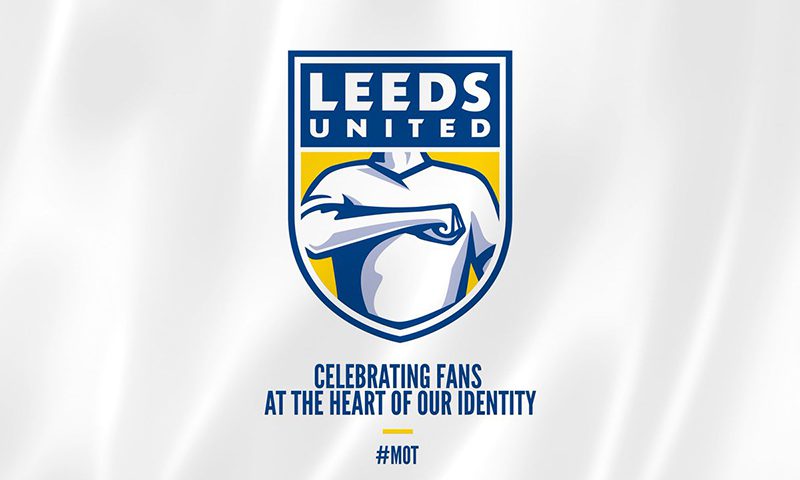
United They Fell

The value of branding – how to measure the success of...
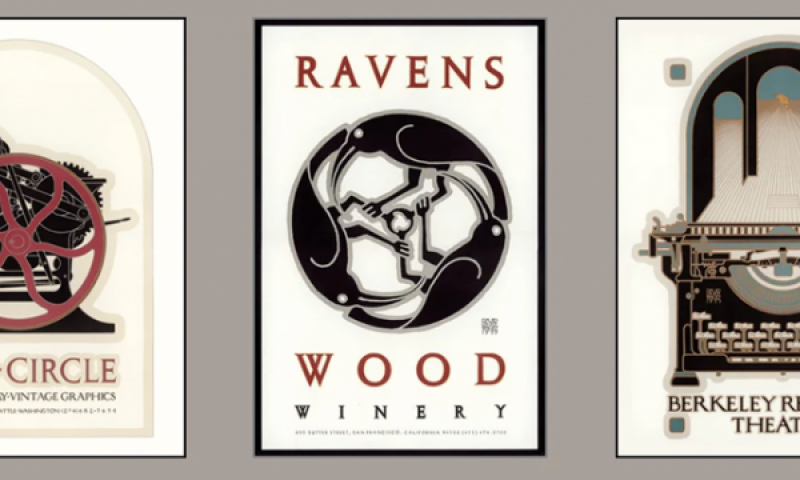
Great wine or great design?
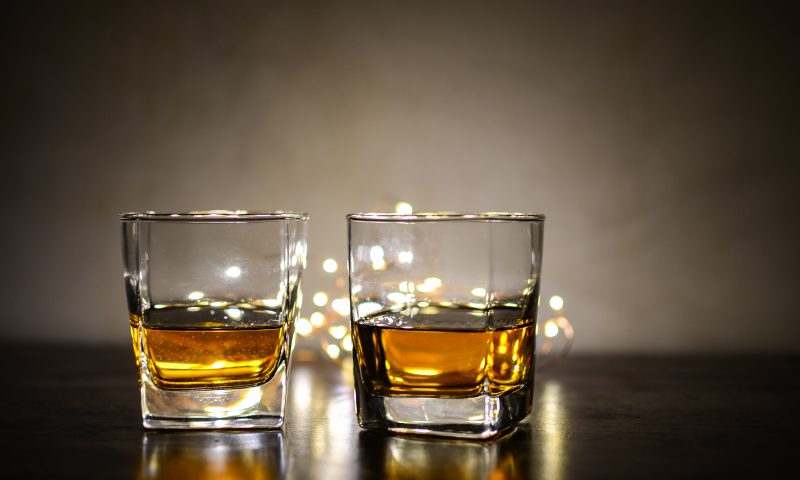
Branding for Ireland’s Whiskey Renaissance

To disrupt or not to disrupt? That is the question!
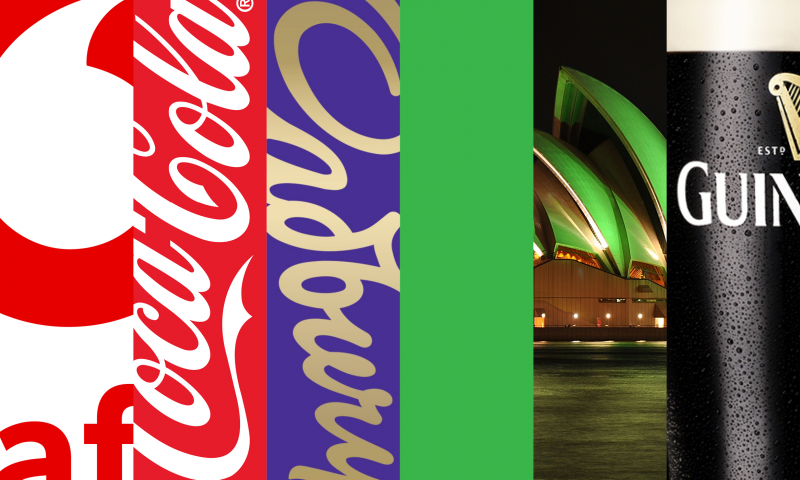
The Power of Colour
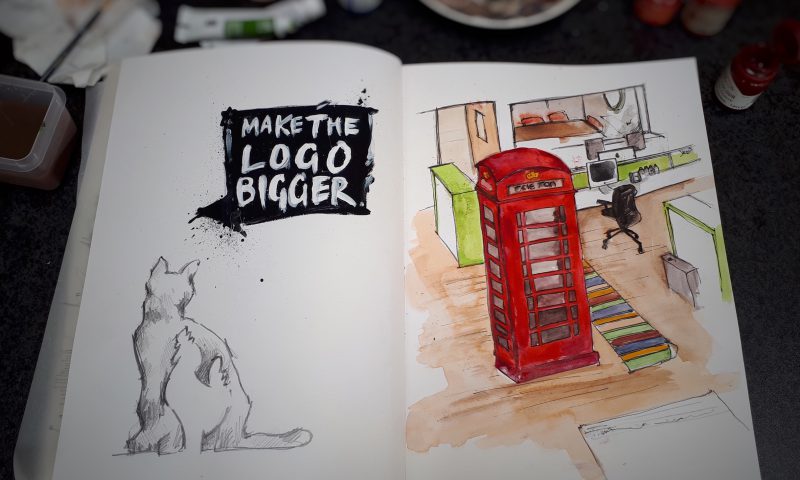
It Started With a Sketch – Sketchbook Challenge
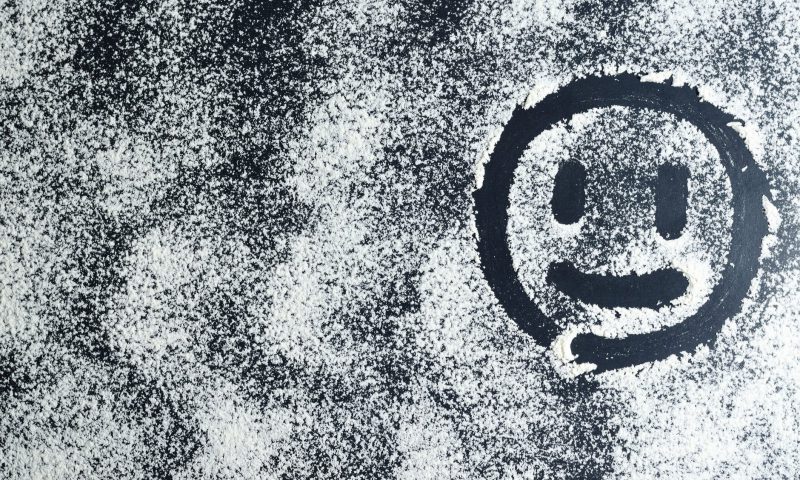
The emoji – powerful design or millennial nonsense?
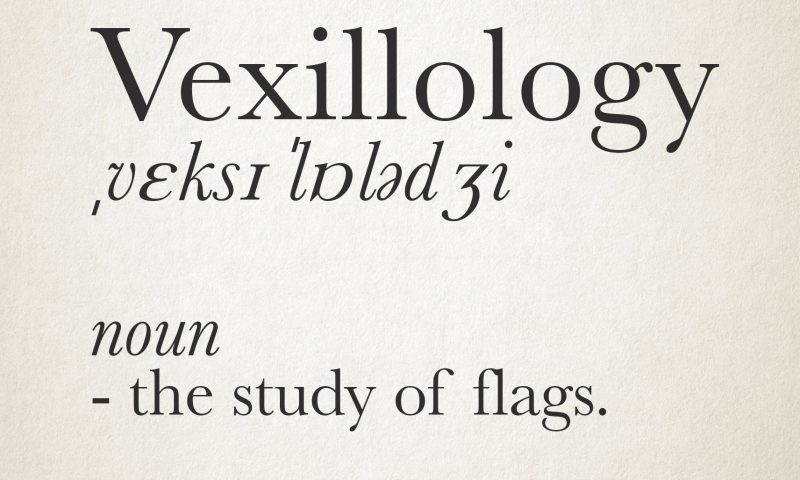
Vexillology
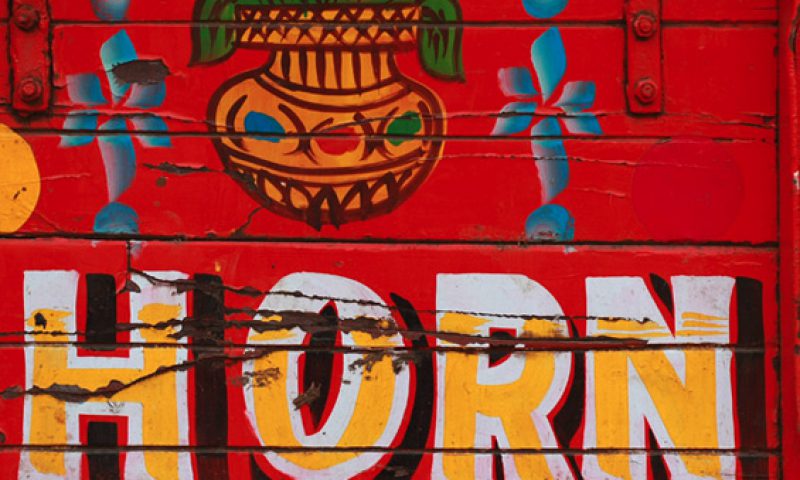
Blow your own horn

Cardboard steps into the digital world of gaming
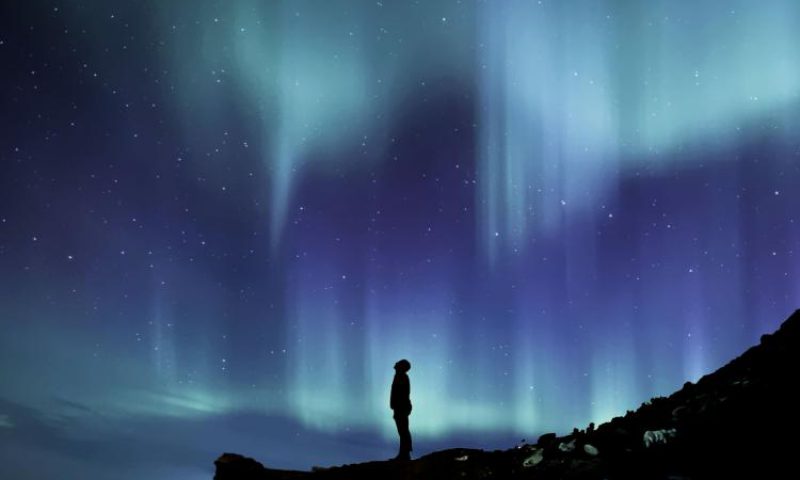
Aurora borealis and our eye’s perception
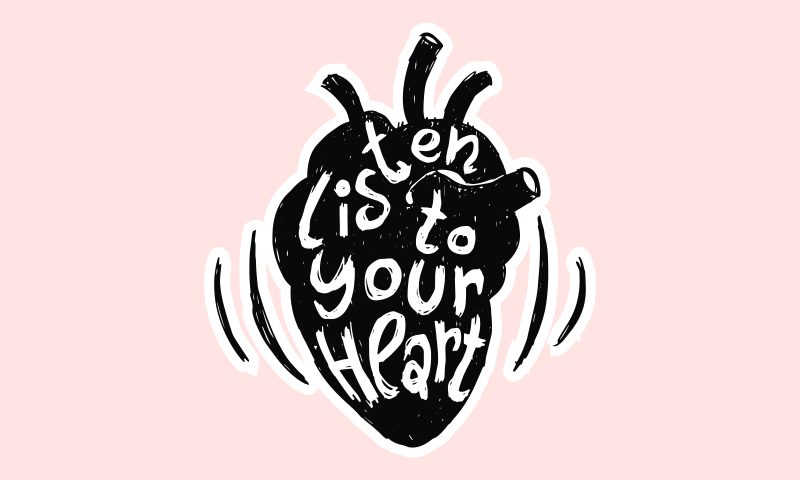
Where the heart is
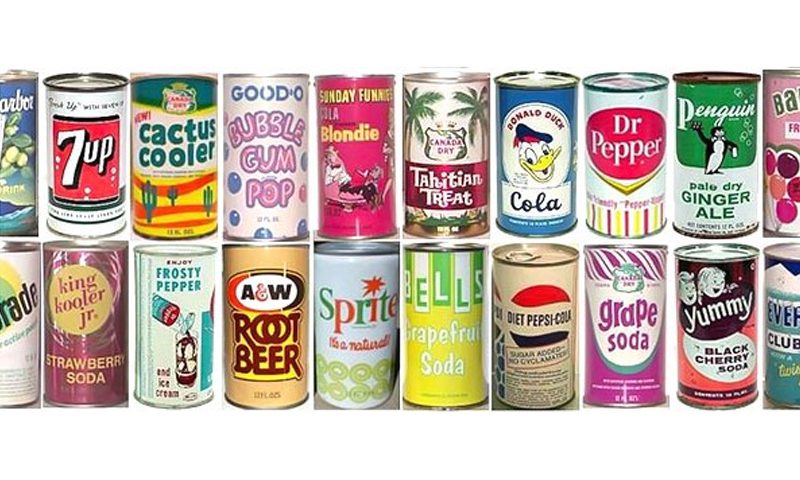
A ‘Can’ Do Attitude
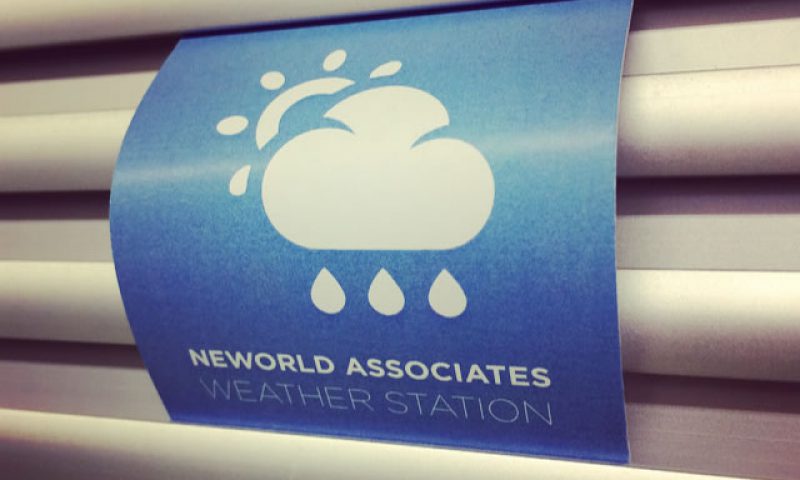
Confessions of a Weather Nerd
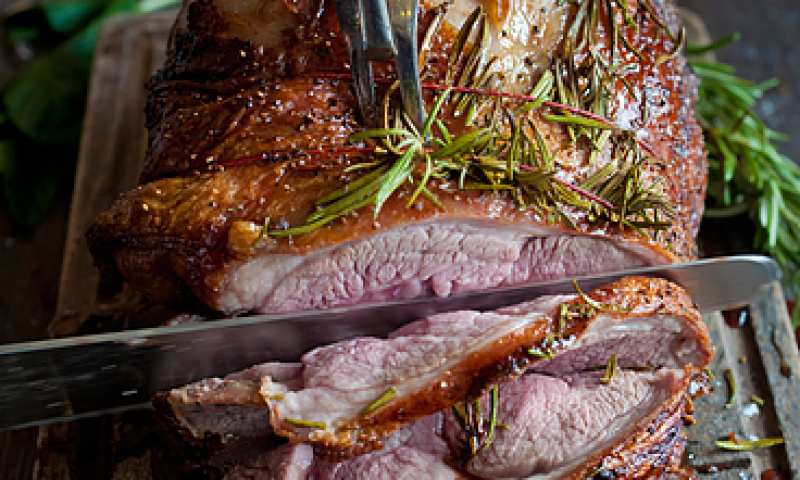
Create a truly delicious package – Ireland’s top...

